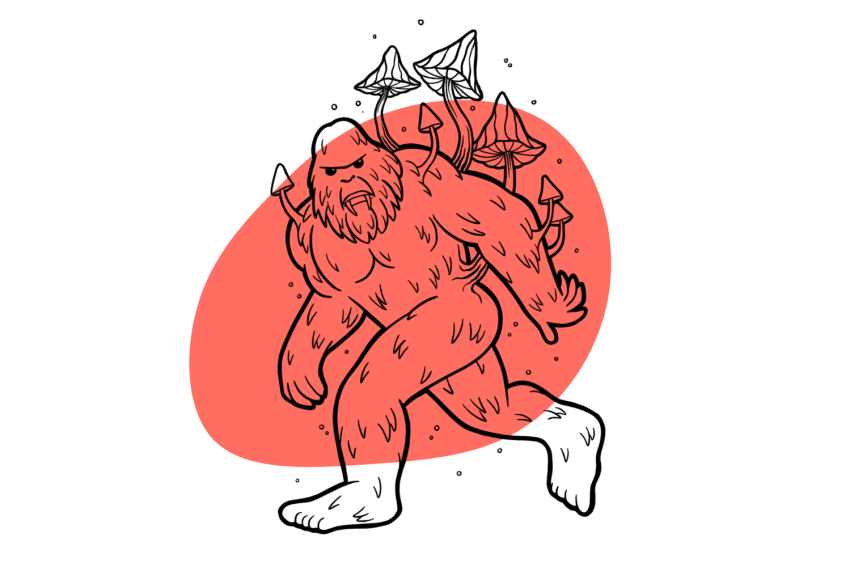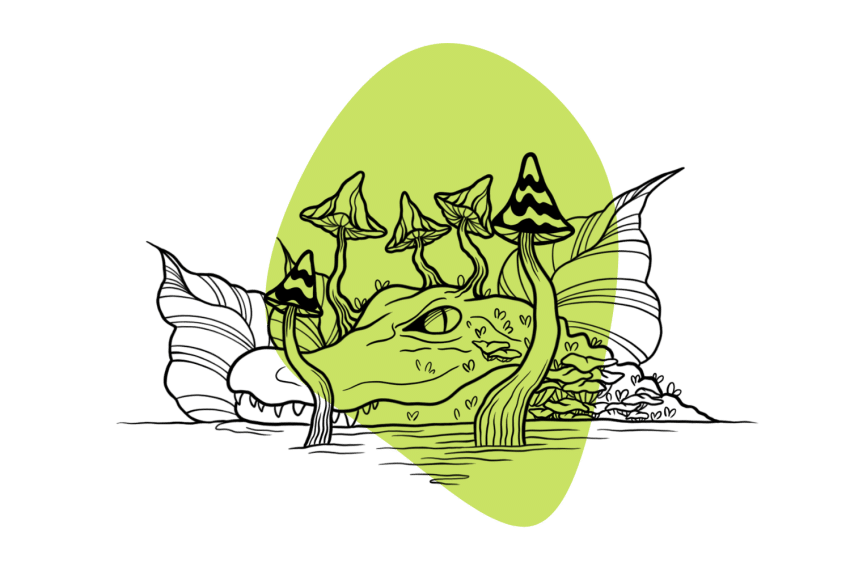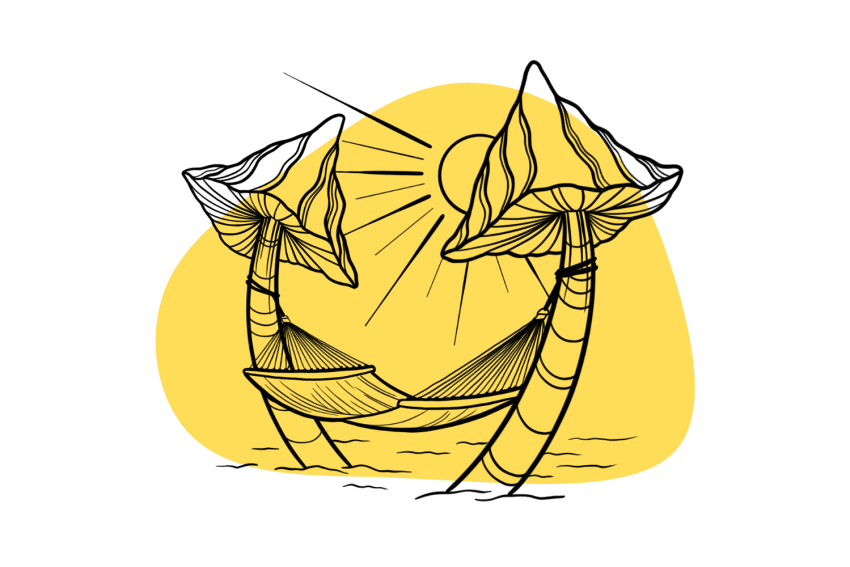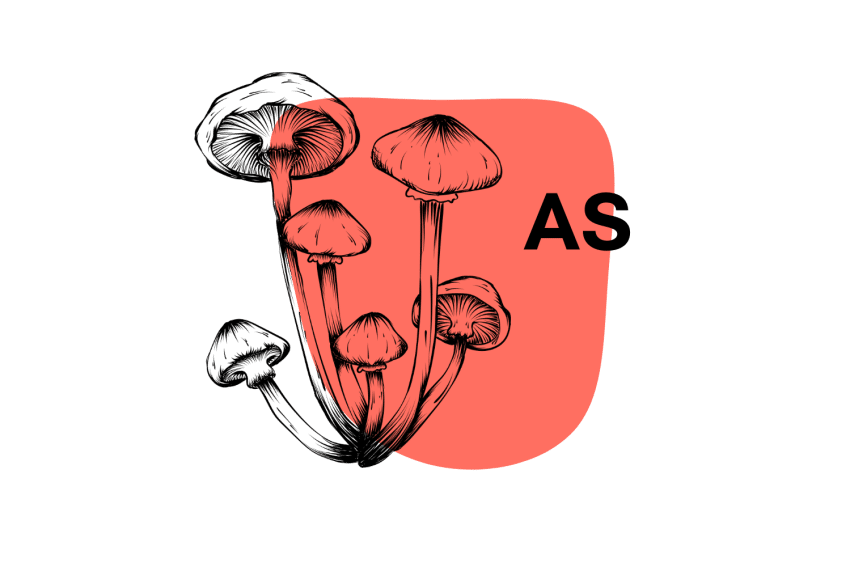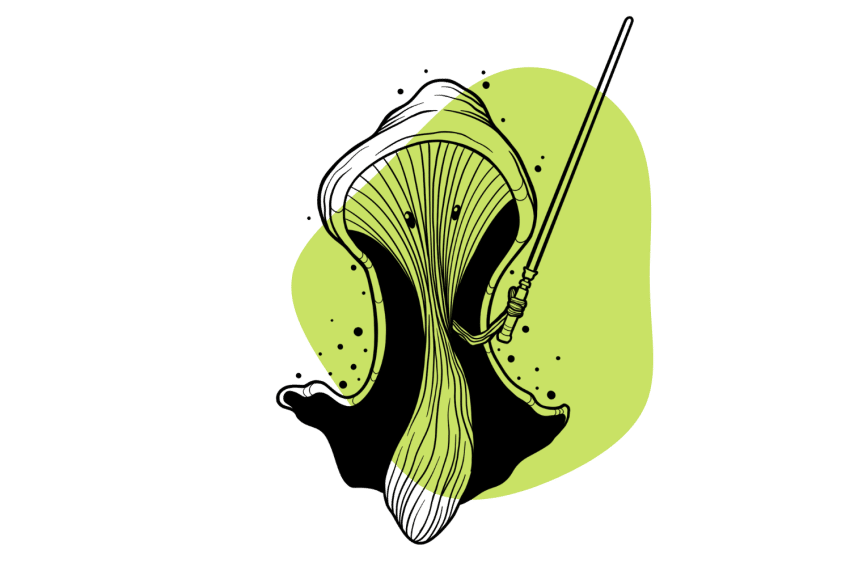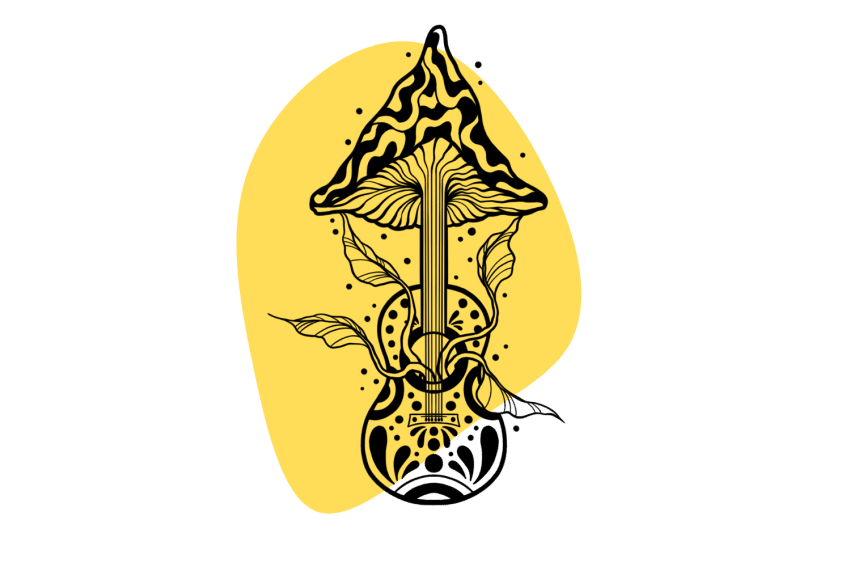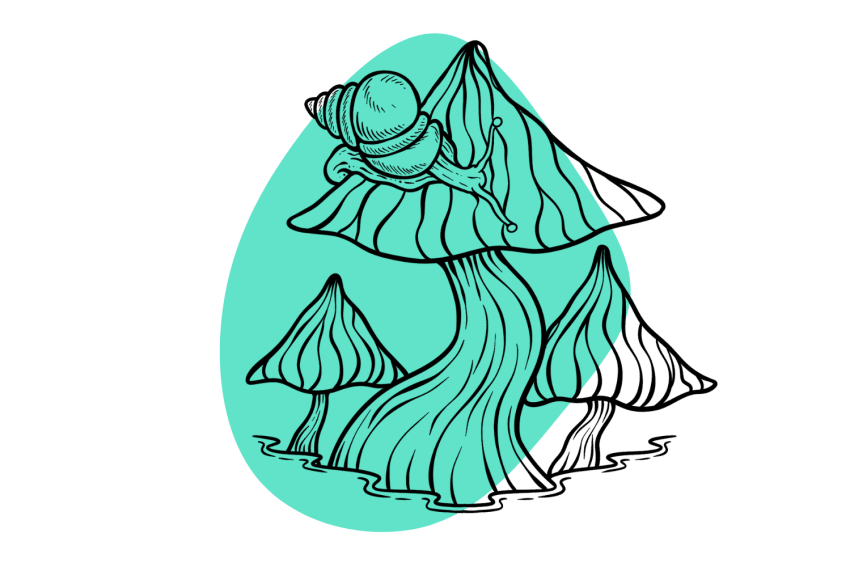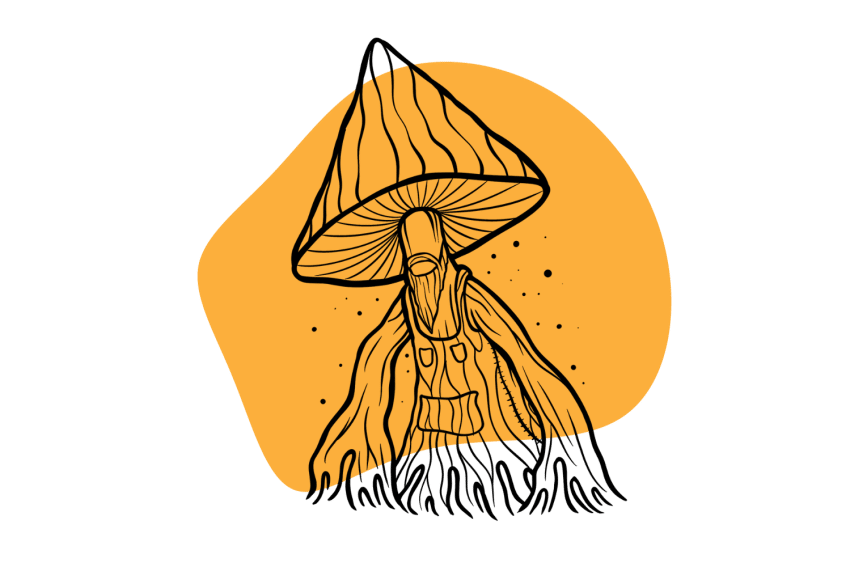Escondido Strain
The Escondido strain is a powerfully introspective & spiritual variety of magic mushrooms collected in a small coastal town in Mexico.
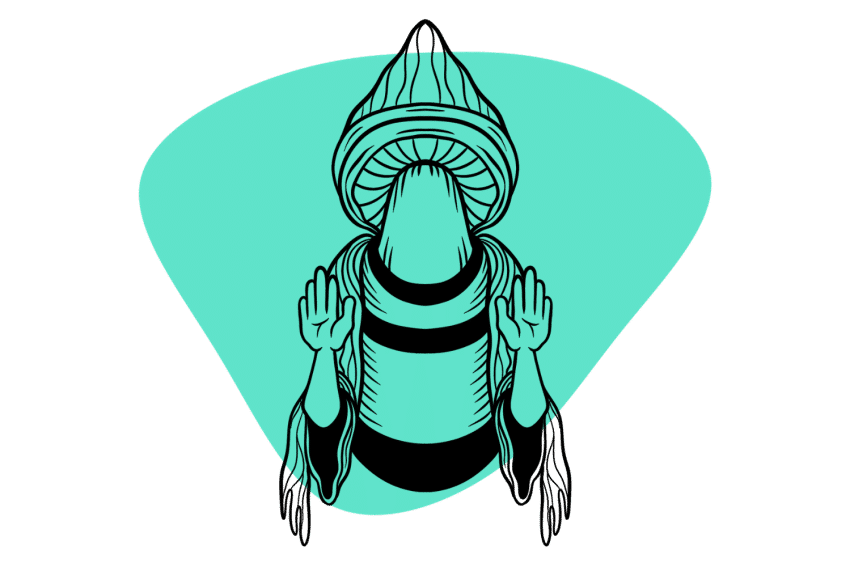
The Escondido strain of Psilocybin cubensis shrooms isolated from Puerto Escondido in the Southern Mexican state of Oaxaca.
The shamans in this area use the local mushrooms for physical and spiritual healing — a tradition that goes back hundreds of years.
Some believe the shaman, Maria Sabina, used Escondido mushrooms in psychedelic ceremonies with the likes of Timothy Leary, John Lennon, and Aldous Huxley.
If you’re not lucky enough to be able to forage these shrooms in Mexico, you can try growing a mushroom garden with Escondido spores online. Escondido shrooms are a beginner-friendly strain to work with. They have an average potency and grow both quickly and in dense clusters.
Escondido strain is known for its ability to induce powerful spiritual experiences. Users often report a deep connection with the natural world and a sense of oneness with all living things.
For many, the Escondido strain provides a gateway into an entirely new way of thinking about life and existence.
This strain is a popular shroom for microdosing to achieve greater access to flow states, improved concentration, mood regulation, and creative problem-solving.
Escondido Strain Specs
| Potency | Average 🍄 |
| Cultivation Difficulty | Easy |
| Species | Psilocybe cubensis |
| Substrate Recommendation | Rye Grain |
| Spore Vendors | The Spores Depot, Sporeslab |
History of Escondido Shrooms
Escondido shrooms were first discovered in the Puerto Escondido area in Southern Mexico, where there’s been a centuries-long culture of cultivating entheogenic mushrooms for spiritual and healing practices.
These magic mushrooms were once only available to the locals who knew where to find them and treated them with reverence.
It wasn’t until 1955, when American amateur mycologist R. Gordon Wasson and his wife Valentina Wasson, were traveling in Southern Mexico and encountered Maria Sabina, a shaman or “curandera,” who welcomed the couple to partake in a sacred Mazatec mushroom ceremony.

The Wassons were the first Westerners ever to participate in the centuries-old practice. One of the shrooms Sabina was said to have used were Escondido strain, Psilocybe cyanescens, and Psilocybe Mexicana mushrooms, which were later identified by Roger Adams, thanks to the samples Gordon Wasson provided.
The Wassons wrote articles and a book detailing her experience with Maria Sabina and are credited as the people who “introduced” mushrooms to mainstream culture.
Escondido Potency & Psilocybin Content
It can be challenging to find the exact potencies of strains online. A reputable source we often turn to is the Oakland Hyphae, an organization committed to psychedelic mushroom education and safety.
Oakland Hyphae hosts The Psilocybin Cup, where cultivators can submit their shroom strain for HPLC testing to compete for the highest potency. The organization shares its lab analysis findings for psilocybin and psilocin content for public reference. To date, there’s only been one entry for Escondido into this competition. This gives us some data for assessing the potency, but it’s not enough to provide any accuracy in terms of “average tryptamine levels.”
With that said, the sample of Escondido submitted to the competition in the fall of 2022 by BLTAOE registered psilocybin and psilocin levels of 0.11% and 0.09%, respectively. The total tryptamine concentration was just 0.24%.
Normally, these results would have us place this strain in the weakest tier — but we know this isn’t a good representation of this strain. Both through our in-house testing and various trip reports we’ve skimmed through involving this mushroom online, we know this strain is generally much stronger than this.
Most of the spore vendors carrying this mushroom list it as “above-average.”
Until more testing is available across a greater range of samples, we believe you should expect a potency on par with most Psilocybe cubensis strains from the Escondito mushroom.
It’s also important to point out that the growing condition and storage methods play an even greater role in determining the potency of a particular strain.
Where to Buy Escondido Spores
For many people, the idea of foraging for magic mushrooms in the wild is daunting. Not only are they difficult to spot, but they can also be difficult to identify properly.
Though magic mushrooms aren’t legal in all countries, there are a number of online retailers that sell Escondido magic mushroom spores, as the spores themselves don’t contain any psilocybin — the main entheogenic compound.
When buying any mushroom spores online, ensure you’re buying from a reputable source.
If you live in the United States, you can check out The Spores Depot — however, it doesn’t ship to California, Idaho, or Georgia, as possessing mushroom spores are illegal in those states.
If you’re based in Canada, Sporeslab may occasionally stock Escondido spores and sell excellent growing kits to help you get started.
For those based in Europe, Magical Spores and The Magic Mushrooms Shop may carry Escondido.
You can also look to the online community — such as Reddit’s r/sporetraders and Shroomery — to buy or trade spores with other mycologists if you can’t find what you’re looking for online.
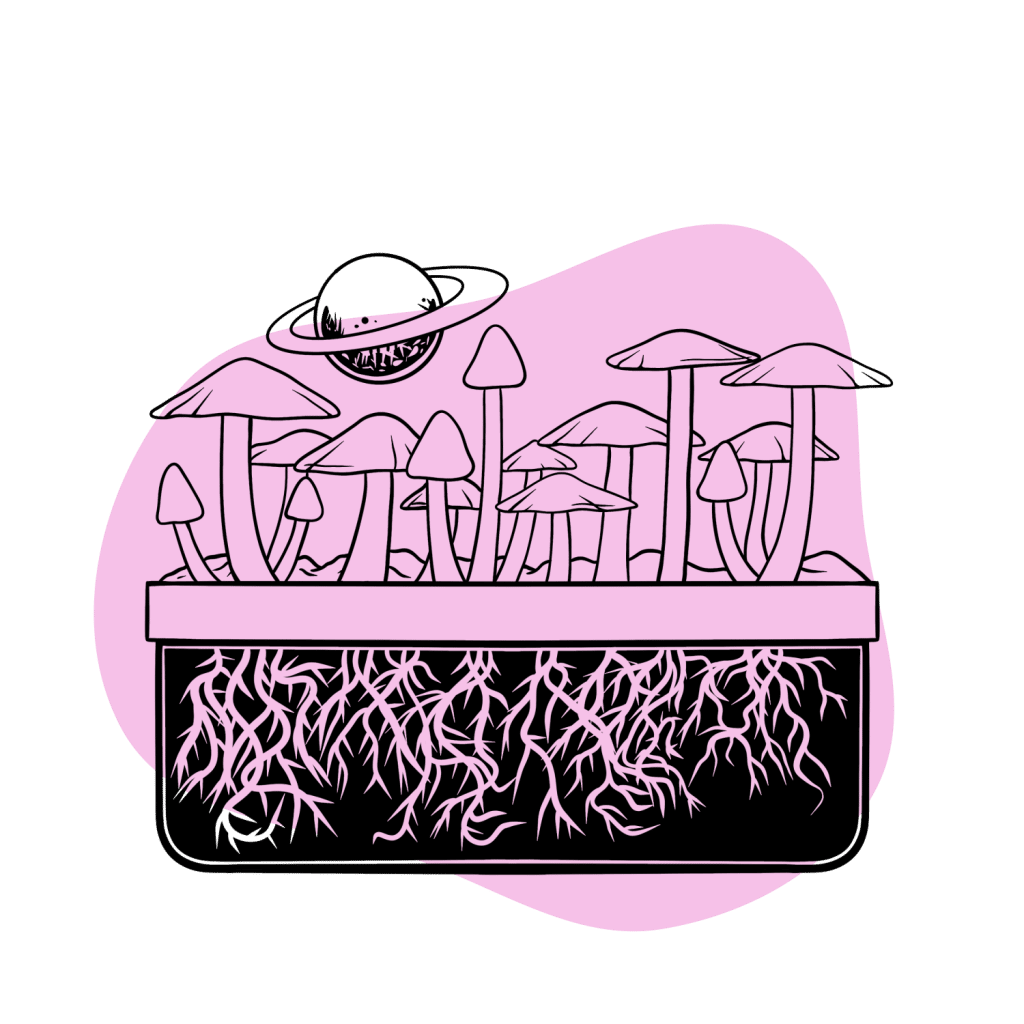
How to Grow Escondido Shrooms
Psilocybin cubensis mushrooms are easy to cultivate with the right tools and a clean working environment.
Because Escondido mushrooms grow native to the southern Mexican state of Oaxaca region near the coast, these shrooms prefer temperate and near tropical conditions.
With a little bit of care and attention, almost anyone can successfully grow their own magic mushrooms at home. The first step is to obtain some spores and a mushroom growing kit.
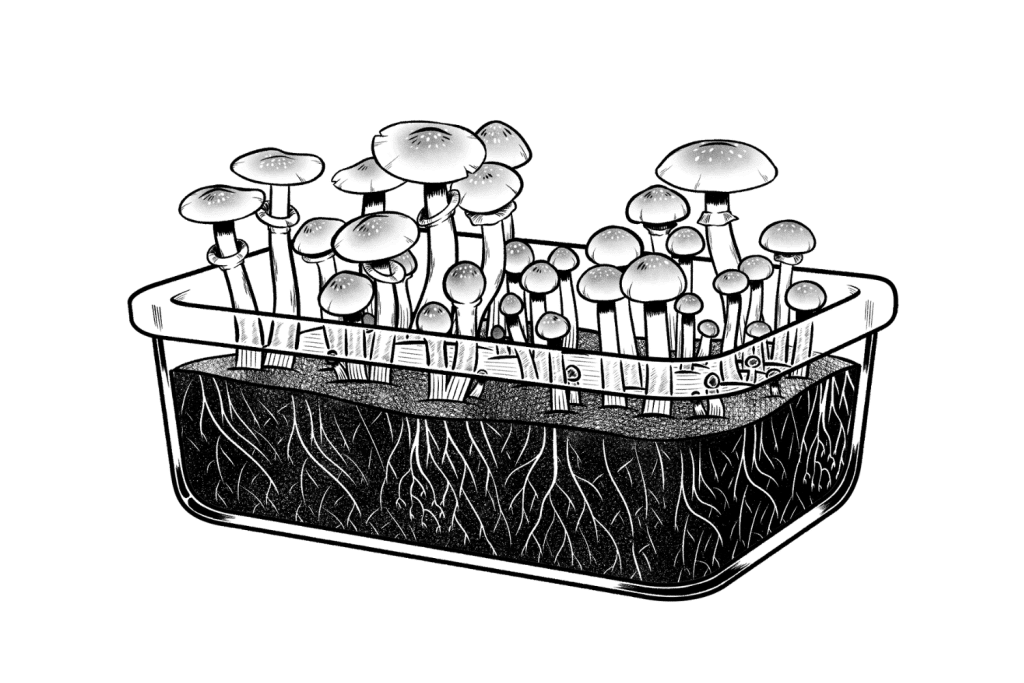
Once you have your spores or culture, you’ll need to sterilize your growing environment and equipment. This is because, in the early stages of inoculation, the fungi are susceptible to fast-growing mold and bacteria. Once the mycelium takes hold, it becomes highly resistant to single-celled yeast and bacteria.
After sterilizing your environment, you must inoculate your substrate (rye grain) with the spores. Most spores suppliers will provide detailed instructions on maintaining the appropriate temperature and humidity for your particular strain of magic mushrooms.
With proper care, you can expect your magic mushroom crop to be ready in 6-8 weeks — but don’t be quick to toss out your substrate cake. Escondido shrooms can provide three to four flushes.
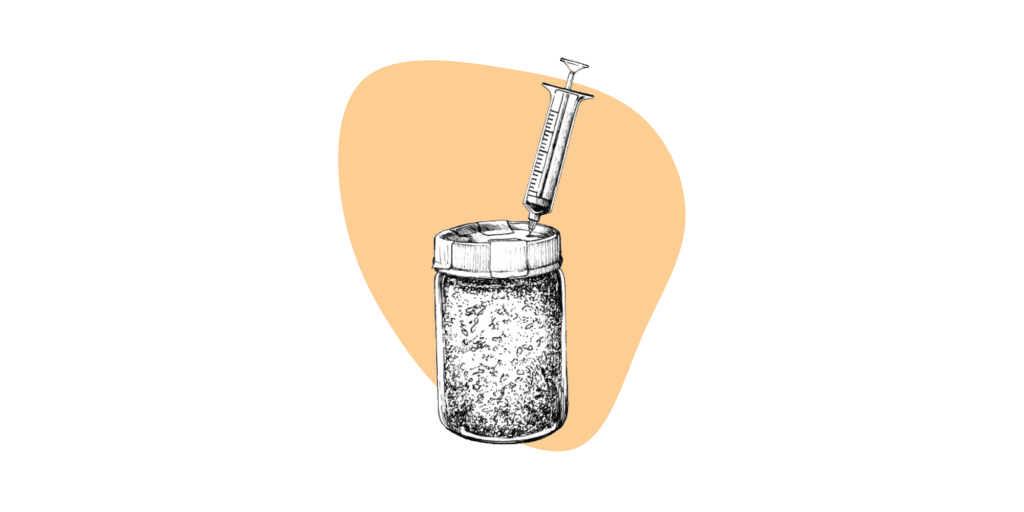
Similar Strains
Escondido magic mushroom strains aren’t the most common variety on the market, so if you’re looking for something similar, we’ve got some other suggestions for you to try.
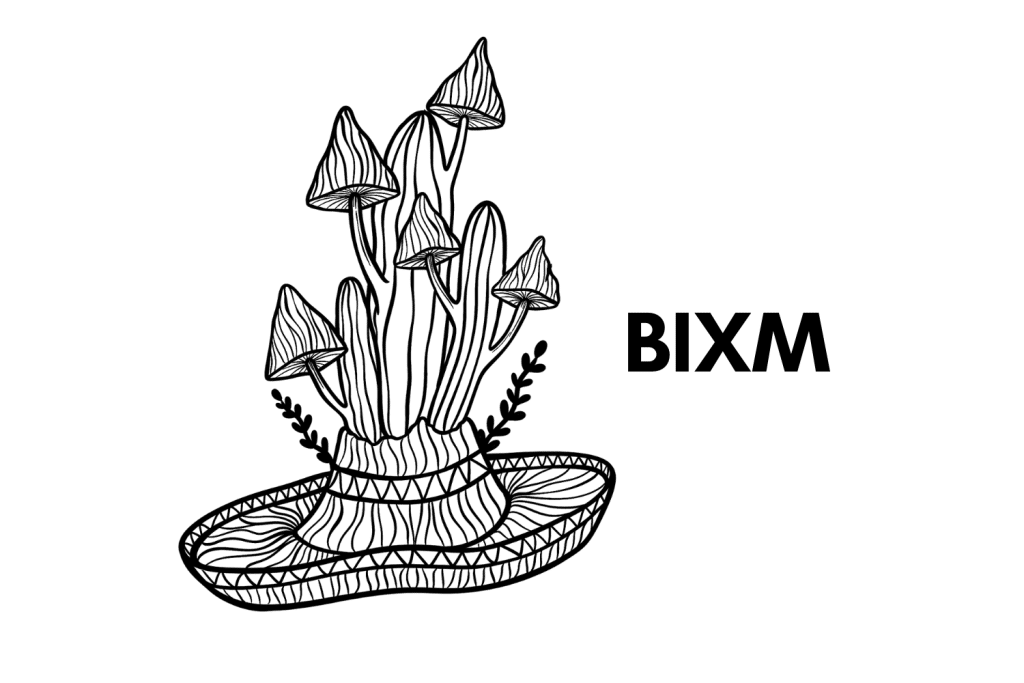
Bix Mex
Bix Mex is an isolation of the Mexican cubensis strains characterized by its large flat caps and light-colored ring around the edges.
Like the Escondido strain, these are average-potency mushrooms known for their gentle effects on the mind and body and another popular strain for microdosing.
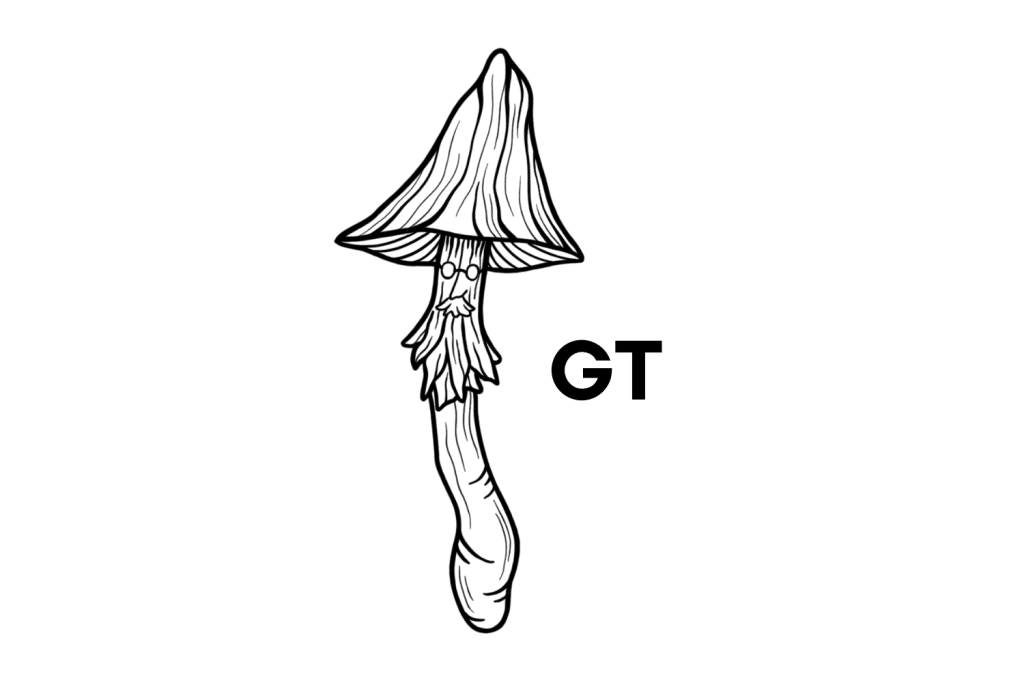
Golden Teachers
Golden Teacher mushrooms also hail from Mexico with a long history of use as a powerful spiritual medicine. You’re guaranteed to find this strain at any online retailer due to its popularity as a dependable shroom strain for its potent effects and easy cultivation.
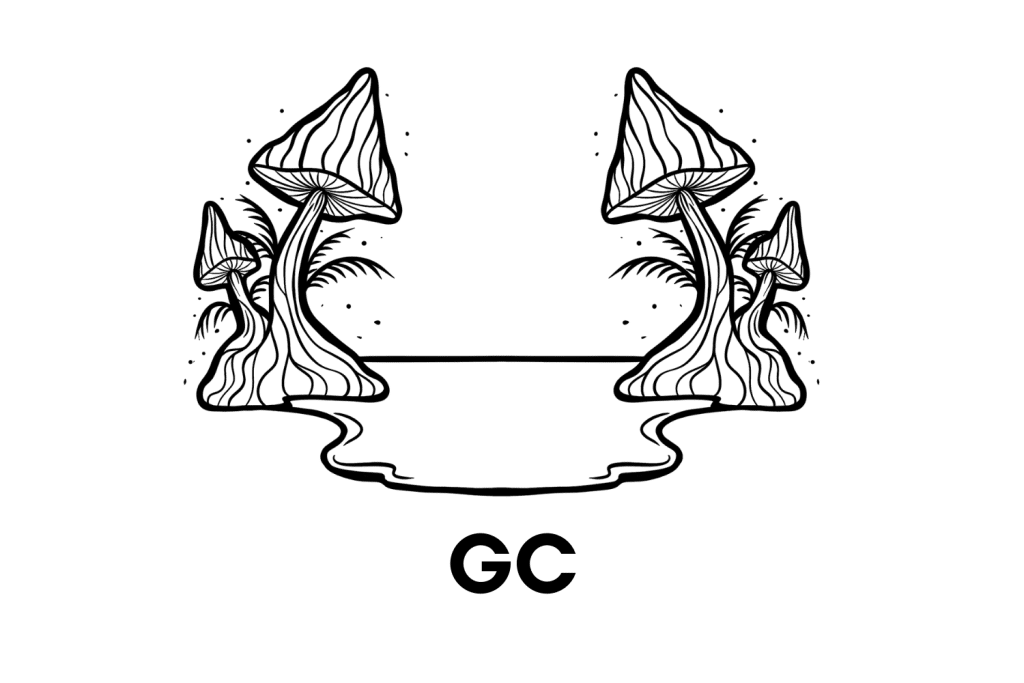
Gulf Coast Strain
The Gulf Coast strain is another excellent option for new growers as they can produce large yields, even when the conditions aren’t ideal.
Gulf Coast shrooms have a distinct white appearance and impressive size. These shrooms might be a good place to start for beginner psychonauts, as they’re known for producing a comforting and stable mushroom trip.
Strains vs. Species: What’s The Difference?
Many people use the term strain and species interchangeably when describing magic mushrooms — but there is a big difference between the two.
In biology, the term “species” is used as a basic unit of classification of an organism that shares the same genome, allowing for the interbreeding of fertile offspring.
Strains are used in the world of botany and fungi when two samples of the same species show distinct phenotypical differences while remaining genetically identical. In the fungi kingdom, these differences arise due to epigenetic environmental responses and may result in differences in psilocybin potencies, physical traits, or growing habits.
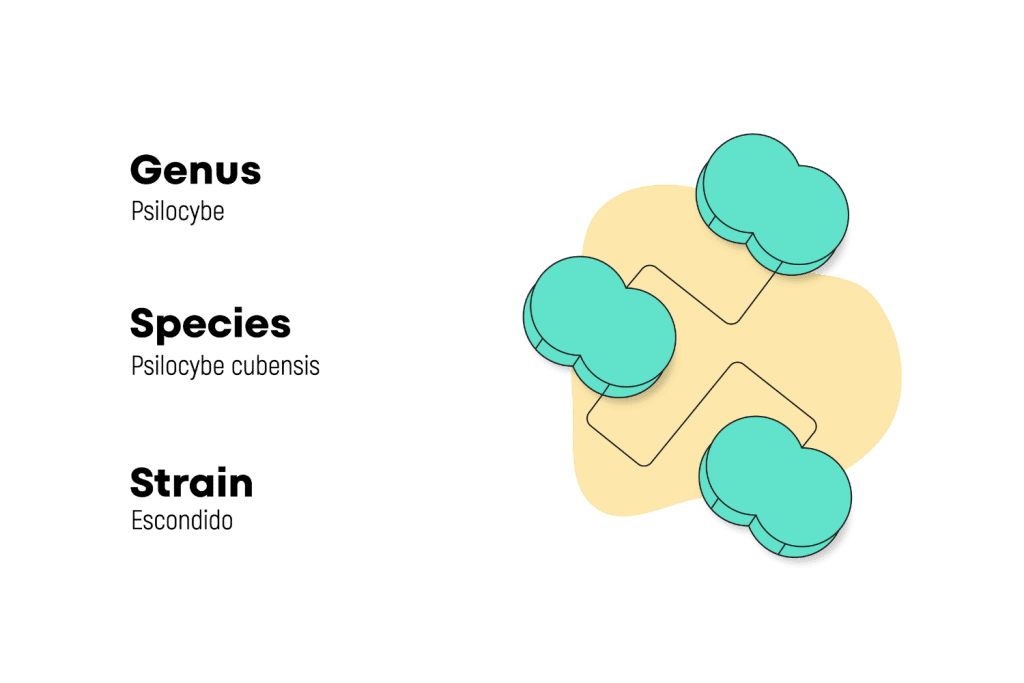
There are hundreds of strains of Psilocybe cubensis shrooms, and there are always new strains appearing on the market every year. Mycologists breed new strains with desired traits — such as potencies, resistance to bacteria, and fast-growth cycles, that make it easier for other cultivators to produce.
However, when choosing a strain of magic mushrooms to cultivate, many mycologists believe that the growing conditions are much more indicative of the potency and characteristics of your crop rather than the spores themselves.

